The Celtic horoscope is based on a variety of religious beliefs, legends, and mysterious tribal rituals characterized by a strong bond with the forces of nature. It was developed by the Celts, a population present in Europe starting in the 13th Century BC, and concentrated in the British Isles.
The Celts’ entire zodiacal system was founded on their religion, administered by priests called druids. The word druid means “tree,” and is proof of how important trees were for the Celts. According to Celtic cosmology, the entire universe is a great sacred tree, and the thirteen months of the Celtic lunar calendar take their names from tree. The Celtic zodiac includes thirteen signs, one for each month of the calendar: birch, rowan, ash, alder, willow, hawthorn, oak, holly, hazel, grapevine, ivy, reed, and elder.
Each sign is connected to three entities: a dryad, or tree nymph, which acts as guardian of that month’s tree or plant, a totemic animal, and a magic rune, or a character of the ancient Celtic alphabet, also based on the names of trees. The signs of the zodiac determine specific traits of each individual’s personality. Those born under the sign of the Birch, for instance, are very responsible and loyal, and are usually determined and ambitious. They are protected by the rune Beith, and their totemic animal is a white deer. Four very ancient festivals, which take place mid way between the solstices and equinoxes of the different seasons, are fundamental for the Celtic zodiac. Samhain is celebrated on November 1st, marking the first day of the Celtic year and opening the dark half of the year, or winter. By contrast Beltane, celebrated on May 1st, marks the beginning of the bright half, or summer.
The other festivals are Imbolc on February 1st, and Lugnasadh on August 1st. Each of these festivals is tied to the rural world, and includes rituals for the protection and blessing of livestock. Beginning in the 1970s, Celtic astrology enjoyed a renaissance. Several philosophical and religious movements, collectively defined as Celtism, Beginning in the 1970s, Celtic astrology enjoyed a renaissance. Several philosophical and religious movements, collectively defined as Celtism, established cults inspired by the rituals of the druids and guided by a deep respect for nature, trees in particular.
The Celts’ entire zodiacal system was founded on their religion, administered by priests called druids. The word druid means “tree,” and is proof of how important trees were for the Celts. According to Celtic cosmology, the entire universe is a great sacred tree, and the thirteen months of the Celtic lunar calendar take their names from tree. The Celtic zodiac includes thirteen signs, one for each month of the calendar: birch, rowan, ash, alder, willow, hawthorn, oak, holly, hazel, grapevine, ivy, reed, and elder.
Each sign is connected to three entities: a dryad, or tree nymph, which acts as guardian of that month’s tree or plant, a totemic animal, and a magic rune, or a character of the ancient Celtic alphabet, also based on the names of trees. The signs of the zodiac determine specific traits of each individual’s personality. Those born under the sign of the Birch, for instance, are very responsible and loyal, and are usually determined and ambitious. They are protected by the rune Beith, and their totemic animal is a white deer. Four very ancient festivals, which take place mid way between the solstices and equinoxes of the different seasons, are fundamental for the Celtic zodiac. Samhain is celebrated on November 1st, marking the first day of the Celtic year and opening the dark half of the year, or winter. By contrast Beltane, celebrated on May 1st, marks the beginning of the bright half, or summer.
The other festivals are Imbolc on February 1st, and Lugnasadh on August 1st. Each of these festivals is tied to the rural world, and includes rituals for the protection and blessing of livestock. Beginning in the 1970s, Celtic astrology enjoyed a renaissance. Several philosophical and religious movements, collectively defined as Celtism, Beginning in the 1970s, Celtic astrology enjoyed a renaissance. Several philosophical and religious movements, collectively defined as Celtism, established cults inspired by the rituals of the druids and guided by a deep respect for nature, trees in particular.
RELATED


HEART OF DARKNESS


ELECTRONIC MUSIC


BERBERS
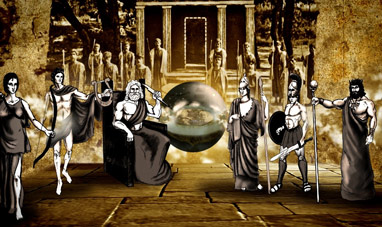

GREEK MYTHOLOGY


HEAVY METAL
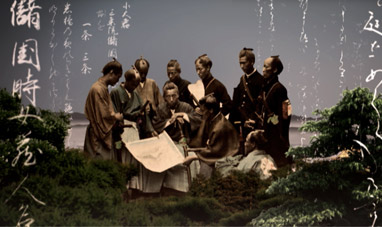

JAPANESE TRADITIONS
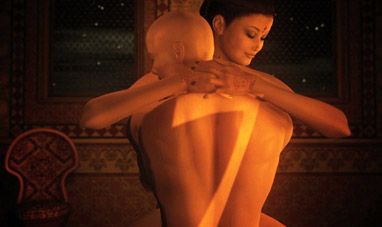

SEX IN THE KAMASUTRA
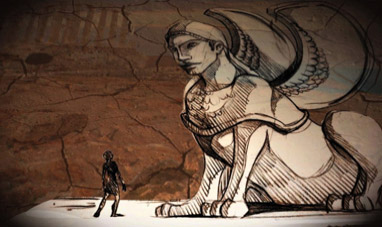

OEDIPUS
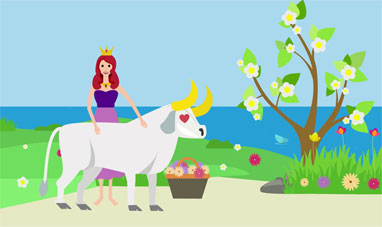

TAURUS
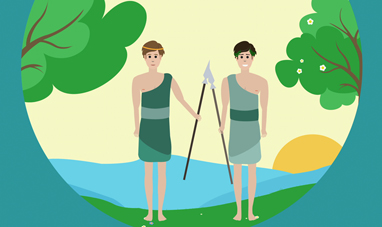

GEMINI
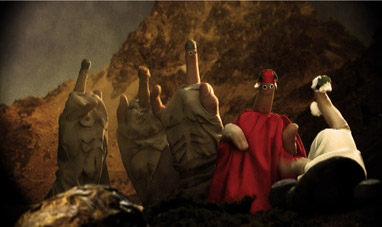

DIVINE COMEDY, PURGATORY


AQUARIUS
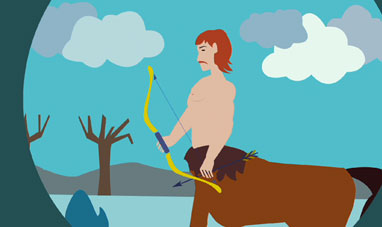

SAGITTARIUS
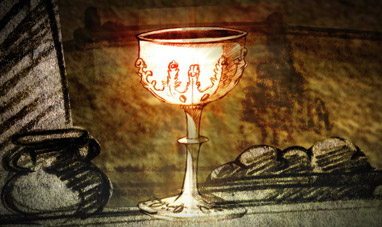

HOLY GRAIL, THE
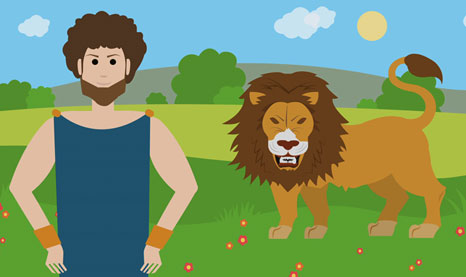

LEO
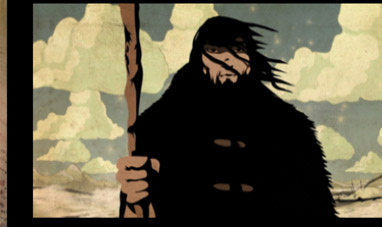

AINU COSMOGONY


BLUES


THE PHILOSOPHER'S STONE


HIP HOP


ROCK
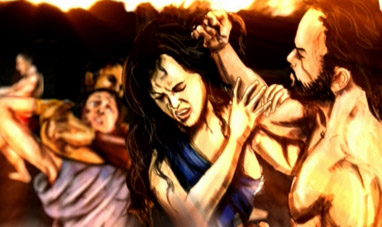

THE RAPE OF THE SABINE WOMEN


POP


THE WAR OF THE WORLDS
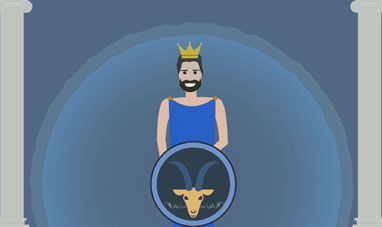

CAPRICORN


EGYPTIAN MYTHOLOGY


MEDEA
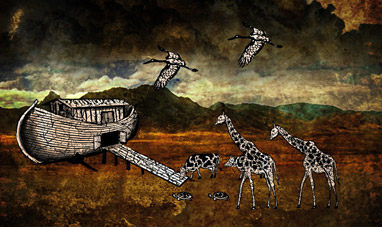

THE GREAT FLOOD


ANNA KARENINA


SHINTO
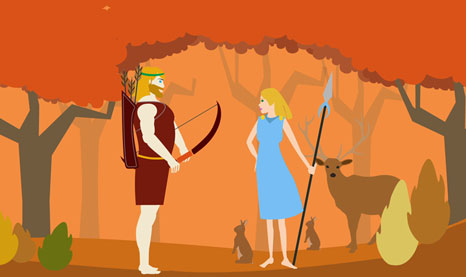

SCORPIO


THE ODYSSEY
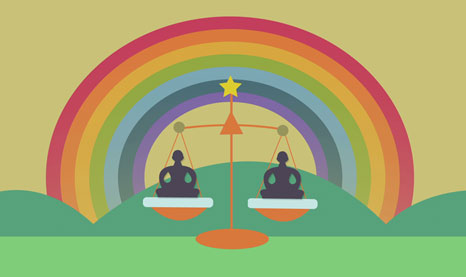

LIBRA


MINE HOSTESS
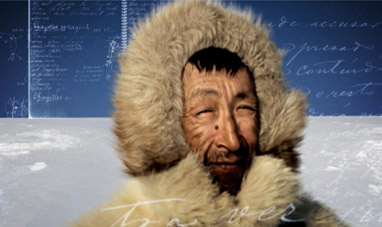

ESKIMOS


JAZZ


DIVINE COMEDY, PARADISE
